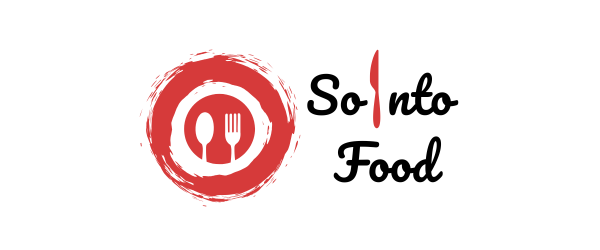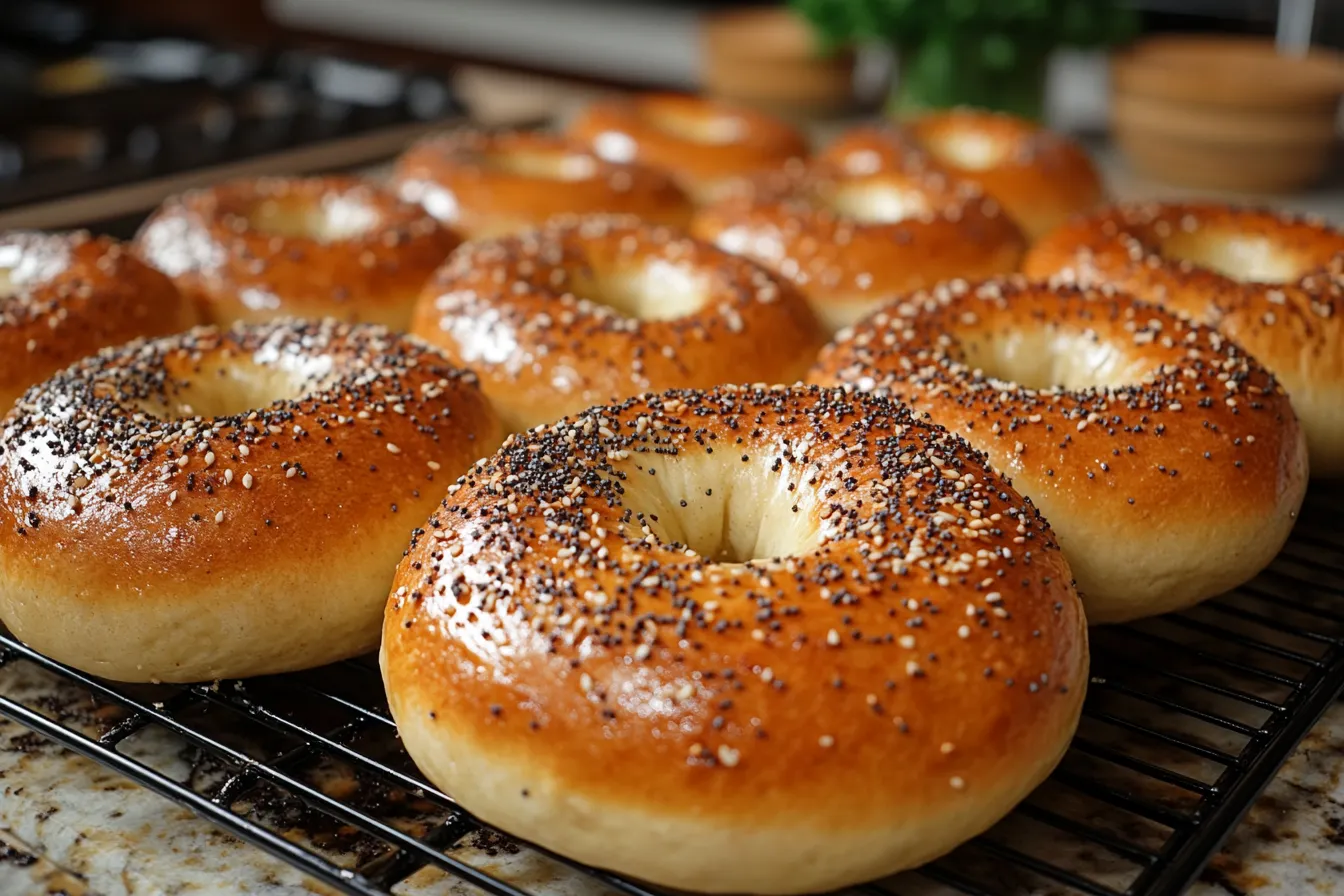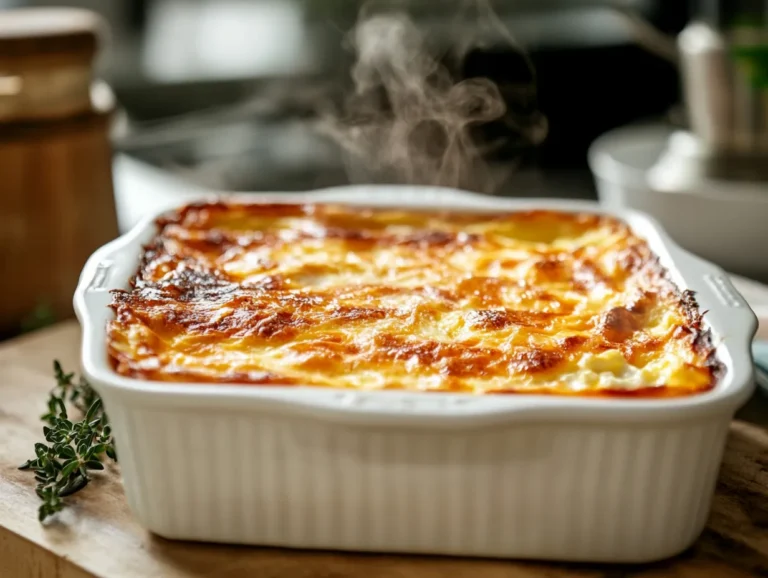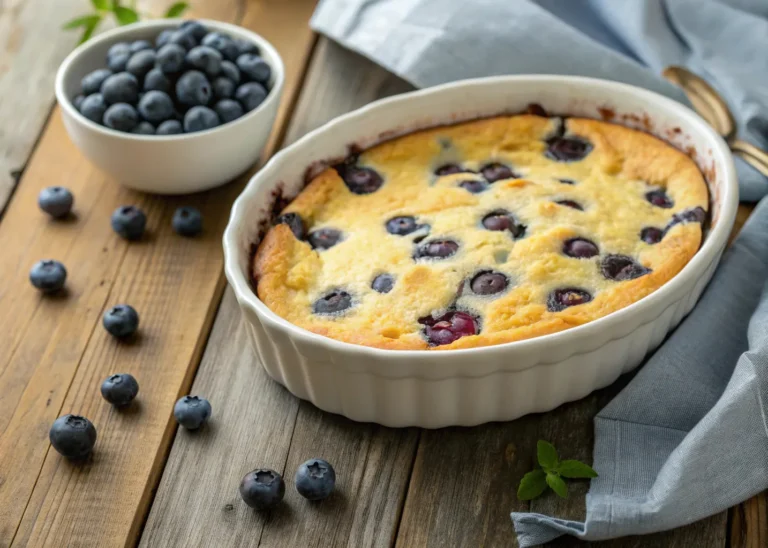If you’ve been craving a chewy, flavorful bagel without the long wait times or heavy ingredient list, Greek yogurt bagels might just be your new breakfast obsession. These no-yeast wonders are quick to make, naturally packed with protein, and adaptable to almost any flavor craving.
Instead of kneading dough for hours or fussing with boiling, you can have fresh, golden-brown bagels on the table in less than 30 minutes. The secret? The creamy, tangy magic of Greek yogurt. It adds a rich taste and a boost of nutrition, turning every bite into a guilt-free indulgence.
What Are Greek Yogurt Bagels and Why Are They So Popular?
The rise of protein-rich baking with Greek yogurt
Over the last few years, Greek yogurt has stepped out of its breakfast bowl comfort zone and into the world of baking. Fitness enthusiasts, busy parents, and home cooks alike have been searching for ways to make their favorite comfort foods healthier without sacrificing flavor—and Greek yogurt fits the bill perfectly. It’s loaded with protein, lower in fat than traditional baking ingredients, and adds a satisfying tang that works beautifully in bread-like recipes. Pair that with the growing interest in high-protein bagels and no-yeast baking, and it’s easy to see why these recipes are trending on Pinterest boards, Instagram reels, and food blogs across the country.
How Greek yogurt transforms traditional bagel recipes
In a typical bagel recipe, yeast is the star—it develops the chewy texture and signature flavor during a long proofing process. But with Greek yogurt bagels, the magic happens faster. Instead of yeast, you’ll use baking powder as the leavening agent. The Greek yogurt interacts with the dry ingredients to create a soft, pliable dough that bakes into a lightly crisp crust with a tender, slightly chewy center. This method skips boiling entirely, saving you time while still delivering a bakery-style finish. Plus, the tang from the yogurt adds a layer of flavor that elevates even the simplest plain bagel into something you’d be proud to serve.
The Health Benefits of Greek Yogurt Bagels
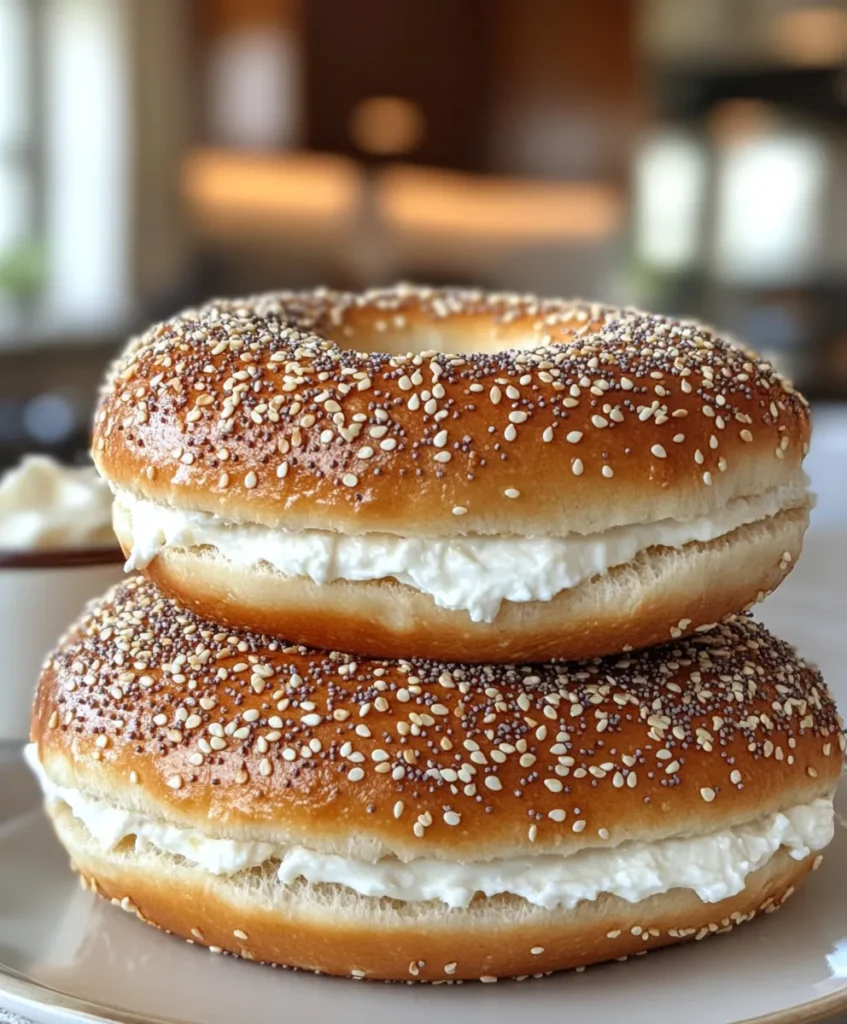
Nutritional breakdown: protein, carbs, and fats
One of the biggest perks of Greek yogurt bagels is their balanced nutrition profile. Unlike standard bagels, which can be carb-heavy and lacking in protein, these offer a more even split of macros. A typical homemade Greek yogurt bagel (using all-purpose flour) contains roughly:
| Nutrient | Approximate Amount per Bagel | Benefit |
|---|---|---|
| Calories | 150–180 kcal | Satisfying without being overly heavy |
| Protein | 9–12 g | Helps keep you full longer and supports muscle repair |
| Carbohydrates | 25–30 g | Provides energy for your day |
| Fat | 1–3 g | Keeps it light while still adding flavor |
Because Greek yogurt is naturally high in protein, it transforms what’s usually just a carb-loaded breakfast into a protein-packed bread you can enjoy guilt-free. And if you swap in whole wheat flour or a gluten-free blend, you can further tailor the nutrition to your needs.
Why they’re a healthier alternative to regular bagels
Regular bakery bagels often clock in at 300–400 calories each, with minimal protein and a heavy dose of refined carbs. Greek yogurt bagels, on the other hand, have:
- Lower calories per serving
- Significantly more protein
- Less fat when made without butter or oil
- No need for added sugar in the dough
This combination makes them a smart choice for anyone watching their calorie intake or aiming for a more balanced diet. Plus, the probiotics in yogurt (if using a live-culture variety) can support gut health—a bonus most bagels can’t claim.
If you love the idea of high-protein bread, you might also enjoy our Cottage Cheese Bagels Recipe, which uses a similar no-yeast method for soft, chewy results.
Ingredients You’ll Need for Greek Yogurt Bagels
Choosing the right type of Greek yogurt
Not all Greek yogurts are created equal, and the one you choose can make or break your bagel dough. For the best results:
- Go for full-fat or 2%: This adds richness and moisture, preventing the bagels from drying out.
- Avoid flavored varieties: Vanilla or fruit yogurts can alter the taste and sugar content.
- Check for thickness: A good Greek yogurt should be thick enough to hold its shape on a spoon—too watery, and your dough will be sticky and hard to work with.
If your yogurt is on the thin side, strain it through a cheesecloth for 20–30 minutes before mixing.
Flour options: all-purpose, whole wheat, or gluten-free
The flour you use determines the texture and nutrition of your bagels:
- All-purpose flour: Produces the lightest, fluffiest crumb, perfect for a bakery-style feel.
- Whole wheat flour: Adds fiber and a nutty flavor but can make the texture denser—try mixing it with half all-purpose for balance.
- Gluten-free blends: Ideal for those with gluten sensitivities, but you’ll want to use a 1:1 baking blend for proper structure.
Other pantry essentials include baking powder for lift, salt for flavor, and an egg wash to give your bagels that golden, glossy finish. Optional add-ins like garlic powder, cinnamon, shredded cheese, or everything bagel seasoning can take your dough from simple to gourmet in minutes.
For another protein-rich breakfast option, try our Cottage Cheese Pancakes Recipe, which pairs beautifully with fresh fruit or a drizzle of honey.
Step-by-Step Greek Yogurt Bagel Recipe
Preparing the dough without yeast

One of the best parts about Greek yogurt bagels is how quickly the dough comes together—no proofing or yeast required. Here’s the basic method:
- Mix the dry ingredients: In a large bowl, combine 1 cup of self-rising flour (or all-purpose flour plus 1½ tsp baking powder and ½ tsp salt).
- Add the Greek yogurt: Stir in 1 cup of plain, thick Greek yogurt until a shaggy dough forms.
- Knead lightly: Turn the dough onto a floured surface and knead for 2–3 minutes, just until smooth. Avoid over-kneading, which can make the bagels tough.
- Divide the dough: into 4–6 portions, roll each into a rope, and pinch the ends together to form a circle.
- Brush and season: Place bagels on a parchment-lined baking sheet, brush with beaten egg, and sprinkle with toppings like everything bagel seasoning or sesame seeds.
Baking vs air frying – which method is best?
- Baking: Preheat your oven to 375°F and bake for 20–25 minutes, or until golden brown. Baking produces a slightly softer crust and is perfect if you’re making a large batch.
- Air frying: Preheat to 320°F, place the bagels in a single layer, and cook for 12–15 minutes. Air frying results in a crispier crust and is ideal for smaller quantities or when you want breakfast on the table fast.
Either method works beautifully, but air frying tends to intensify the flavor and texture while baking gives you that traditional bagel vibe.
Tips for Perfect Greek Yogurt Bagels Every Time
How to prevent dense or gummy bagels
A common mistake with Greek yogurt bagels is ending up with a heavy or gummy texture. To avoid that:
- Measure flour accurately: Too much flour makes the dough stiff; too little leaves it sticky and dense. Use the spoon-and-level method instead of scooping directly.
- Don’t overmix: Once the dough comes together, knead only until smooth. Overworking it can make the bagels tough.
- Use thick yogurt: Watery yogurt changes the dough’s moisture balance, leading to soggy centers.
- Let them rest before baking: Even 5–10 minutes on the counter helps the baking powder activate for a lighter crumb.
Flavor add-ins: sweet, savory, and everything in between
One of the joys of homemade Greek yogurt bagels is customizing them:
- Savory: Garlic powder, shredded cheddar, chopped jalapeños, rosemary, sun-dried tomatoes.
- Sweet: Cinnamon sugar, chocolate chips, blueberries, honey glaze.
- Classic bagel toppings: Everything bagel seasoning, sesame seeds, poppy seeds, or coarse salt.
You can also experiment with mix-ins like oats, flaxseed, or even protein powder for an extra boost. Just remember to keep dry add-ins to about ¼ cup per batch to maintain the dough’s structure.
Common Questions About Greek Yogurt Bagels
Do Greek yogurt bagels need boiling before baking?
Traditional bagels are boiled before baking to create a chewy crust. Greek yogurt bagels skip this step entirely, relying on baking powder for lift and a hot oven for browning. Boiling isn’t necessary—and in fact, can make the dough too soft to handle. If you crave a chewier exterior, you can lightly mist the shaped bagels with water before baking to mimic some of that boiled-bagel texture.
Storage tips: refrigerating and freezing
To keep your Greek yogurt bagels fresh:
- Room temperature: keep bagels in an airtight container for up to 2 days to maintain freshness.
- Refrigerator: They’ll last 4–5 days, but may firm up—just reheat in the toaster or oven.
- Freezer: Wrap individually in plastic, place in a freezer bag, and freeze for up to 2 months. Thaw overnight in the fridge or pop straight into the toaster oven.
For the best taste, avoid leaving them uncovered, as Greek yogurt bagels dry out more quickly than traditional yeast-based ones.
Serving Ideas and Pairings
Breakfast spreads: cream cheese, nut butters, and jams
| Style | Topping Ideas | Flavor Notes |
|---|---|---|
| Classic Breakfast | Whipped cream cheese + fresh chives or smoked salmon | Creamy, savory, and traditional |
| Sweet & Nutty | Almond butter + drizzle of honey | Rich, nutty, and naturally sweet |
| Protein Boost | Peanut butter + sliced bananas | Sweet, filling, and energy-packed |
| Fruity & Fresh | Strawberry, blueberry, or apricot preserves | Bright, tangy-sweet contrast to the bagel |
Tip: Choose toppings that balance the bagel’s tangy base without overpowering its flavor.
Turning Greek yogurt bagels into sandwiches

These bagels are sturdy enough to hold hearty fillings, making them ideal for sandwiches:
- Breakfast sandwich: Egg, turkey bacon, and cheddar.
- Lunch option: Turkey, avocado, and Swiss cheese.
- Vegetarian twist: Hummus, roasted peppers, and spinach.
You can even use mini versions as sliders for parties or brunch gatherings. The mild tang from the Greek yogurt pairs beautifully with savory meats, fresh vegetables, and creamy spreads, giving each bite a balanced flavor.
Variations on the Classic Greek Yogurt Bagel Recipe
Cottage cheese bagels for extra creaminess
If you love the tangy bite of Greek yogurt but want an even softer crumb, try swapping half of the yogurt with blended cottage cheese. This adds extra creaminess and boosts the protein content even further. Cottage cheese bagels tend to be a touch moister inside, making them perfect for toasting and topping with butter or jam. The subtle salty flavor of cottage cheese also balances sweet toppings beautifully.
Gluten-free and vegan adaptations
- Gluten-free: Use a 1:1 gluten-free all-purpose baking blend. For better structure, add ½ tsp xanthan gum if it’s not already in your blend.
- Vegan: Replace Greek yogurt with a thick plant-based yogurt, such as coconut or almond yogurt. Opt for unsweetened and unflavored varieties to avoid unwanted sweetness. Skip the egg wash and brush the tops with plant milk before baking for that golden finish.
You can also play with flour blends—such as oat flour for extra fiber or almond flour for a low-carb option. Just note that different flours may change the baking time and texture, so keep an eye on your first batch.
FAQs About Greek Yogurt and Baking
Are Greek yogurt bagels actually healthy?
Compared to regular bagels, Greek yogurt bagels pack more protein and fewer calories, making them a smart fit for balanced diets—especially with wholesome toppings and sensible portions.
Is there a downside to Greek yogurt?
For most people, Greek yogurt is a healthy choice, but it can be high in protein and acidity, which may cause digestive discomfort for those sensitive to dairy or lactose. Choose lactose-free options if needed.
What happens to Greek yogurt when you bake it?
When baked, Greek yogurt’s moisture helps create a tender crumb, while its proteins contribute to structure. The tangy flavor mellows slightly, leaving a subtle richness in the finished product.
Should I refrigerate Greek yogurt bagels?
They don’t require refrigeration if eaten within 2 days, but refrigerating can extend freshness to about 4–5 days. Just note that chilled bagels may firm up—reheating restores softness.
Should I boil Greek yogurt bagels?
No—boiling is unnecessary and can damage the dough. Baking alone gives them a light crust and chewy texture without the extra step.
Is it okay to eat Greek yogurt every day for breakfast?
Absolutely. Greek yogurt is rich in protein, calcium, and probiotics, making it a nutritious breakfast choice. Just watch for added sugars in flavored varieties.
Conclusion
Greek yogurt bagels are proof that you can enjoy a bakery-style breakfast without hours in the kitchen or unnecessary calories. They’re quick, versatile, and packed with protein—making them a win for both flavor and nutrition. Whether you stick to the classic recipe, experiment with flavor add-ins, or try gluten-free and vegan versions, you’ll have a go-to bagel recipe that works for busy mornings, weekend brunches, or even snack time. Next time you’re craving a chewy, golden bagel, skip the store-bought variety and whip up a batch of these instead—you might never look back.
Learn more about creating nutritious, high-protein breakfasts in our full Cottage Cheese Egg Bites recipe.
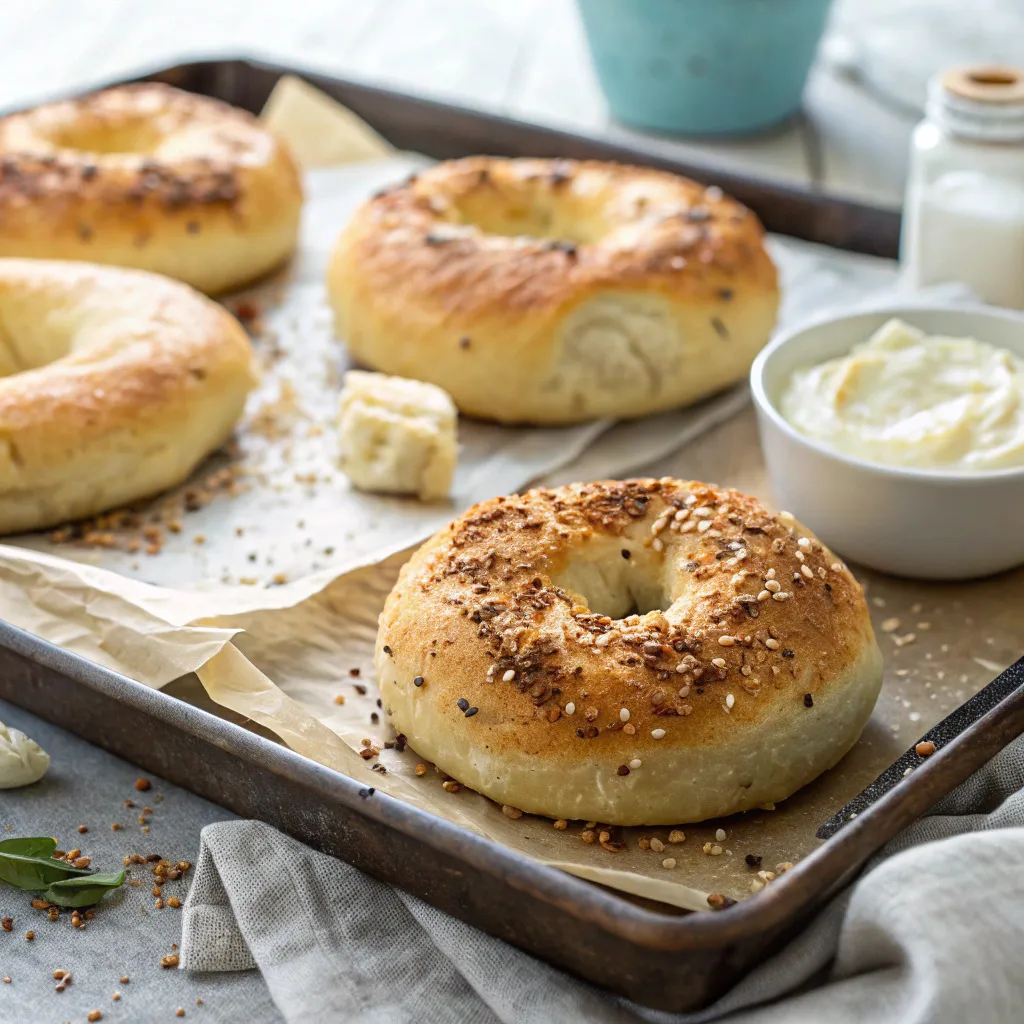
Greek Yogurt Bagels
Ingredients
Equipment
Method
- Preheat oven to 375°F (190°C). Line a baking sheet with parchment paper.
- In a large bowl, add the flour and Greek yogurt. Stir with a wooden spoon or spatula until a rough, shaggy dough forms.
- Knead gently on a lightly floured surface for 2–3 minutes until smooth.
- Divide the dough into four equal portions. Roll each portion into a rope, then connect the ends to form a bagel shape.
- Arrange the bagels on the prepared baking sheet. Brush the tops with beaten egg and add your desired toppings.
- Bake for 20–25 minutes, or until the bagels are golden brown and cooked through.
- Let cool slightly before slicing and serving.
Notes
- Storage: Store at room temperature for up to 2 days, refrigerate for up to 5 days, or freeze for up to 2 months.
- Variations: Try adding herbs, shredded cheese, or cinnamon sugar for flavor twists.
- Serving Suggestion: Pair with avocado and tomato for savory, or peanut butter and banana for sweet.
